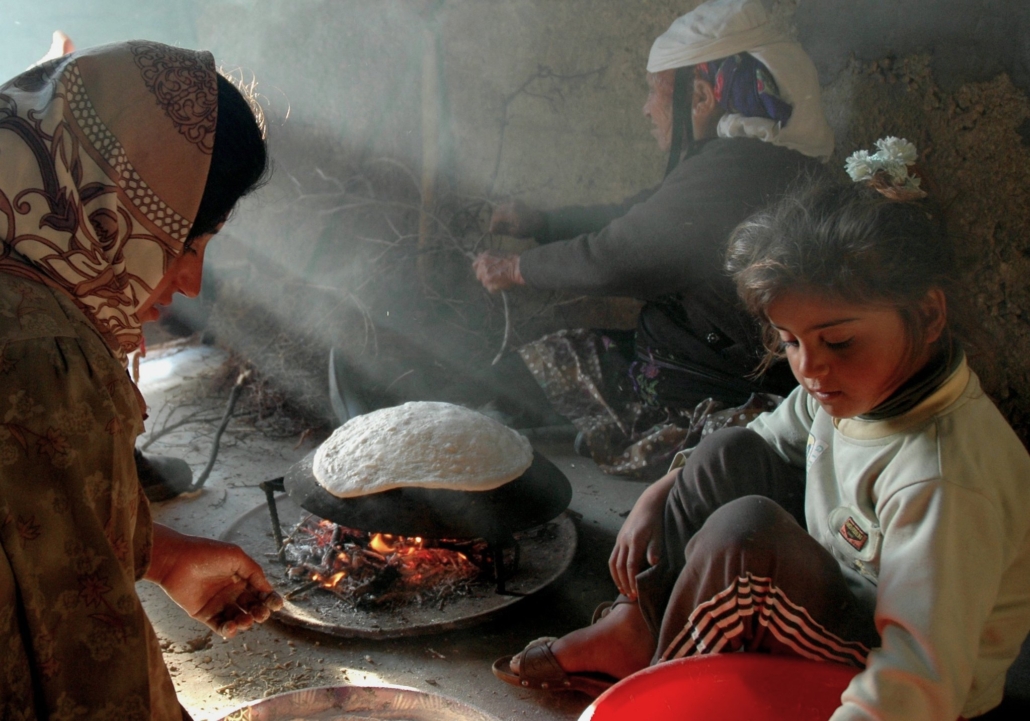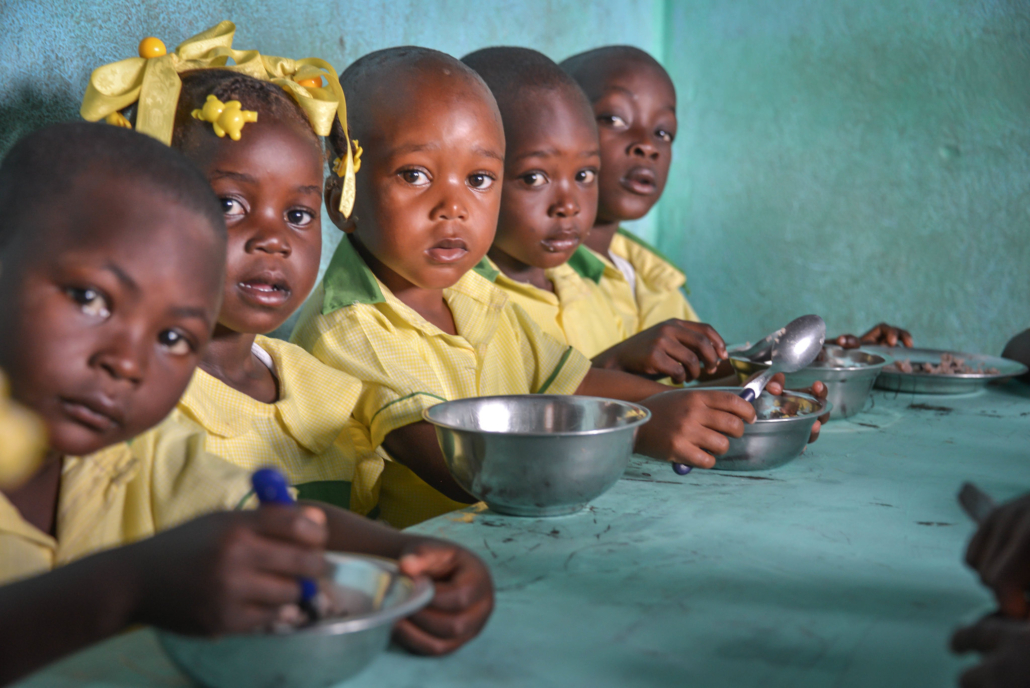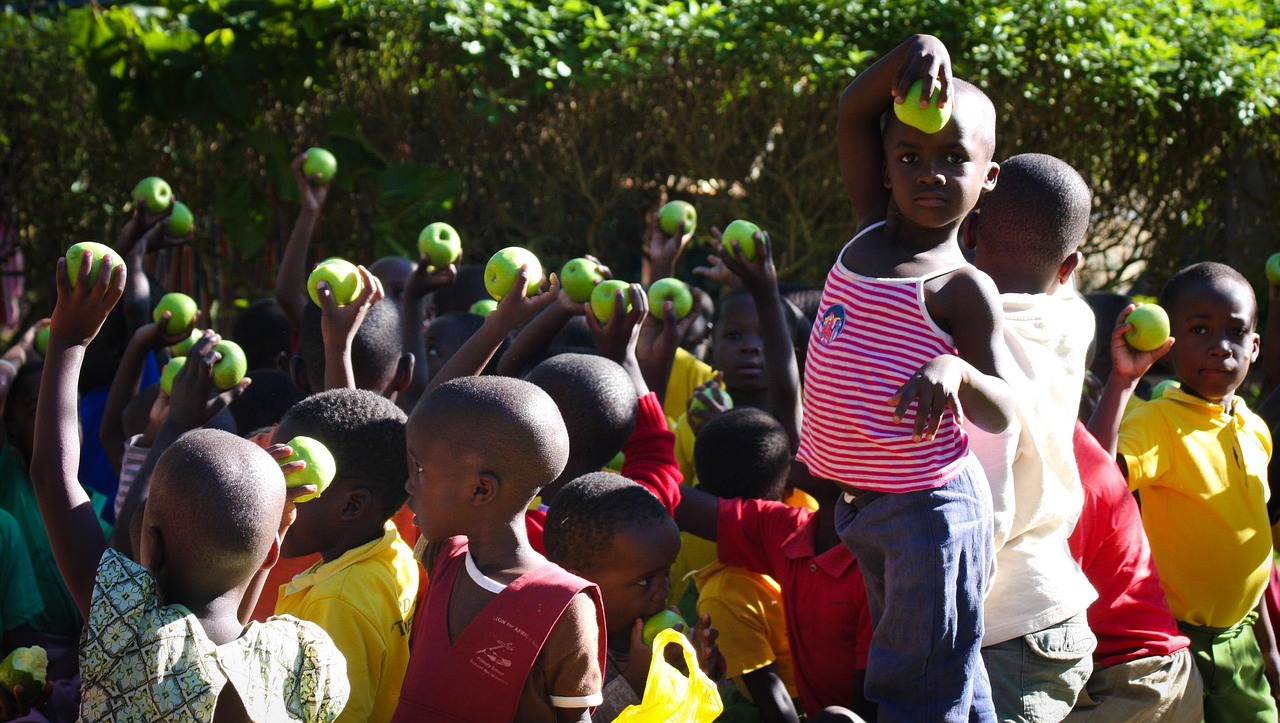 Picture The Bahamas and its beautiful sunshine coupled with exotic beaches. Listen to its unique music while embracing the culture of the island. The country feels and operates similarly to the United States (U.S.), even officially adopting the language and dollar, and offers everything a tourist could want on a tropical getaway. However, weaved among the festivities and similarities is an ongoing issue affecting nearly 13% of The Bahamas and those native to or living along the archipelago. Here is everything you need to know about hunger in The Bahamas.
Picture The Bahamas and its beautiful sunshine coupled with exotic beaches. Listen to its unique music while embracing the culture of the island. The country feels and operates similarly to the United States (U.S.), even officially adopting the language and dollar, and offers everything a tourist could want on a tropical getaway. However, weaved among the festivities and similarities is an ongoing issue affecting nearly 13% of The Bahamas and those native to or living along the archipelago. Here is everything you need to know about hunger in The Bahamas.
The Facts
Surprising. The Bahamas is a country that is currently unable to produce enough food for its residents and relies heavily on imports. One out of every 10 Bahamians lives below the poverty line and experiences severe food insecurity. Many accessible foods are less healthy choices and often lead to early signs of hypertension and high blood pressure. A dozen eggs cost $7.50 on average. Meanwhile, residents who fall below the poverty line have less than $4 per day to spend on food. Agriculture lends no mercy to hunger in The Bahamas, as the country is covered in rock and limestone. Salty waters and soils make farming and growing crops difficult or impossible in some areas. The country grows many exotic fruits quite well and is in the process of improving farming practices and increasing produce overall.
The Fix
Education. Many people affected by hunger in The Bahamas are residents who lack formal education. Studies revealed that when the head of household has no formal education, the incidence of poverty is 25%. That number is almost cut in half when the head of household has a primary education. Families that have a head with some college and are living in poverty are less than 1%. Agricultural education is also essential to improving crop production within the country and lowering the need for imports and the overall cost of goods. Alternative farming techniques and improving irrigation are a few ways the region is looking to grow its food production. Other solutions include creating raised garden beds with imported soil and various hydroponic practices.
The Future
Promising. Numerous NGOs are working around the clock to help the fight against hunger and food insecurities. One major contributor to the success of the region is the Bahamas Feeding Network (BFN). Since 2013, the Bahamas Feeding Network has faithfully served the country and continues to make great strides in its fight against hunger in The Bahamas. Partnering with Fidelity Insurance, BFN has hosted two ‘Tee-Off for Hunger Golf Tournaments.’ The tournament raised enough money to provide 750,000 meals in 2023. Royal Caribbean International joined forces with the Bahamas Feeding Network in 2019 and has since raised more than $500,000 and fed countless families during the holidays. Educating residents and farmers are programs like Convoy of Hope. Convoy of Hope recently teamed with the University of Missouri College of Agriculture and together assisted local farmers with training sessions where specialists trained local growers on various practices for growing produce. Those growers then carry valuable new information and skills back to the region to teach others.
Looking Ahead
Many locals struggle to afford food and the agriculture of the region makes it difficult for sustainable produce to grow. Many practices are currently in place to alleviate the food insecurity issues Bahmaians are facing. Formal education is the most vital resource in combating hunger in The Bahamas. Teaching alternative farming practices and techniques also plays a significant role. Organizations like the Bahamas Feeding Network are critical in providing meals and assistance, while programs like Convoy of Hope help educate the future growers of the region with knowledge and advanced farming practices. These programs assist with the push toward The Bahamas being a more self-sustaining region and eliminating hunger in The Bahamas for good.
– Ryan Johnson
Photo: Pixabay
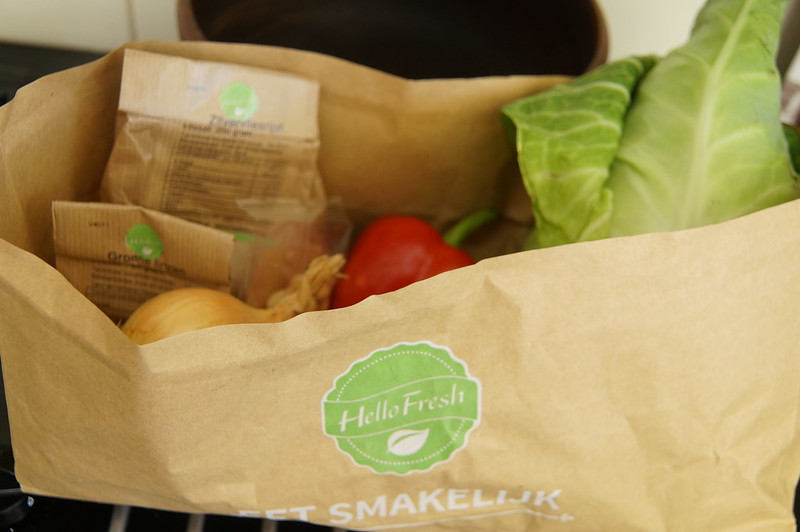
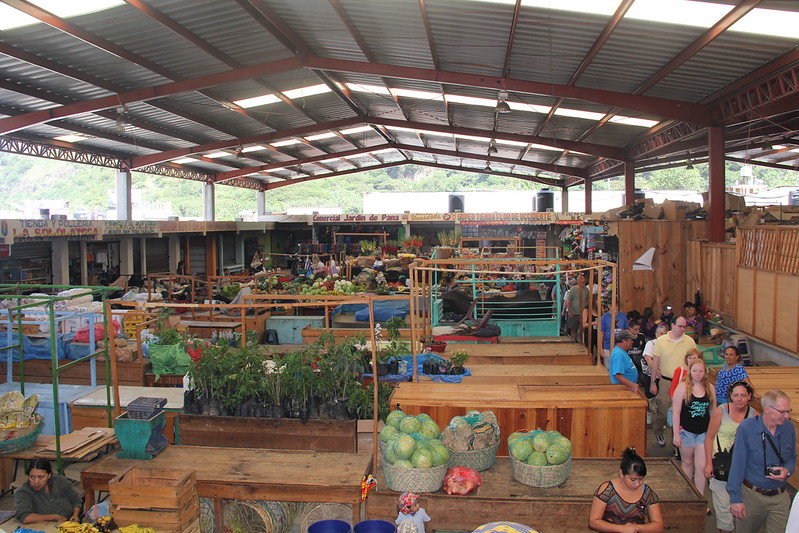
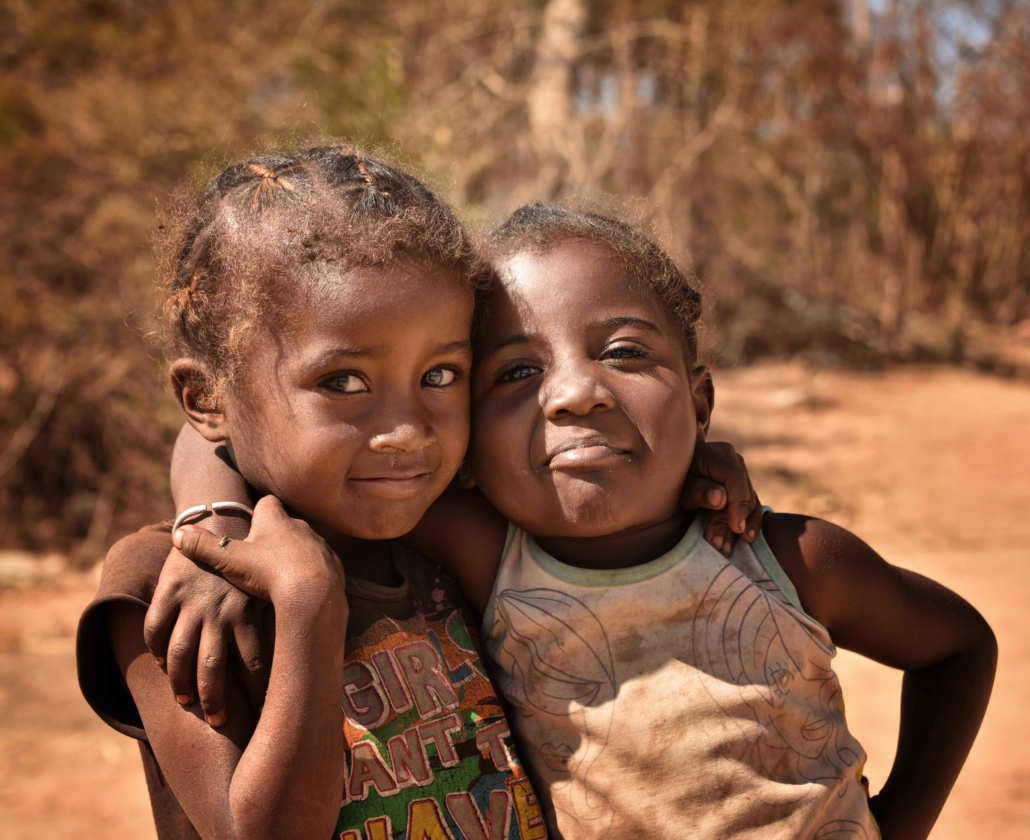
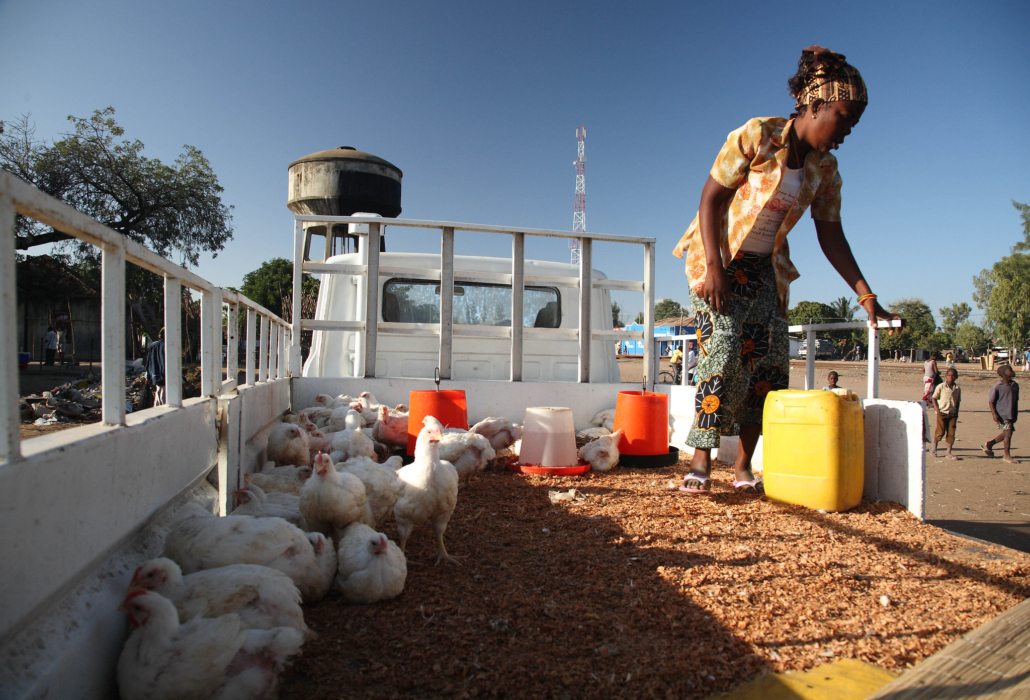
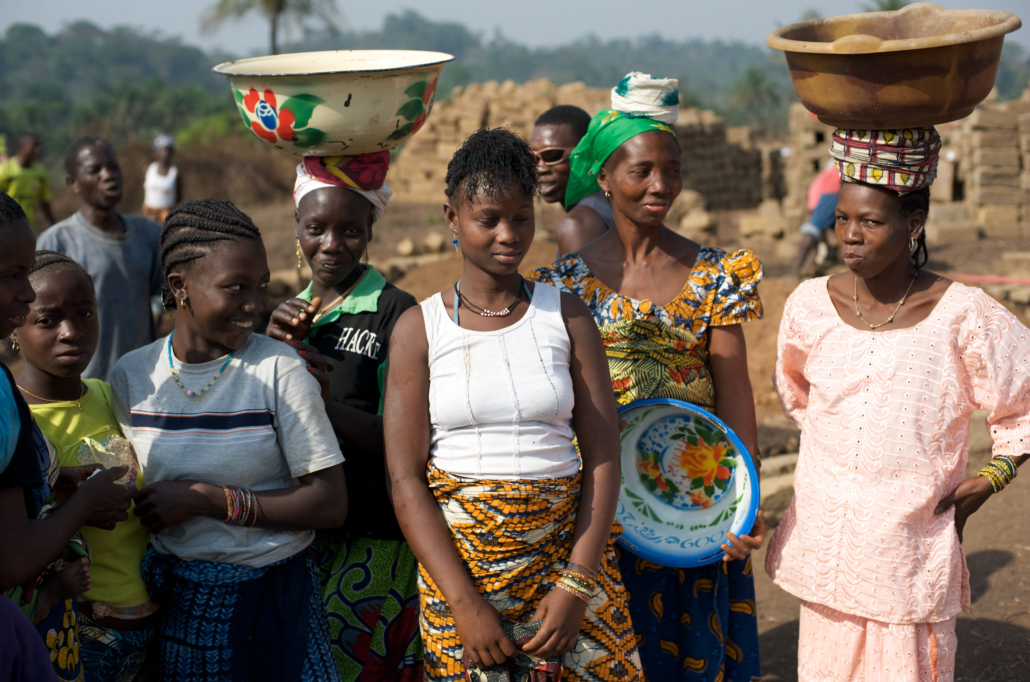
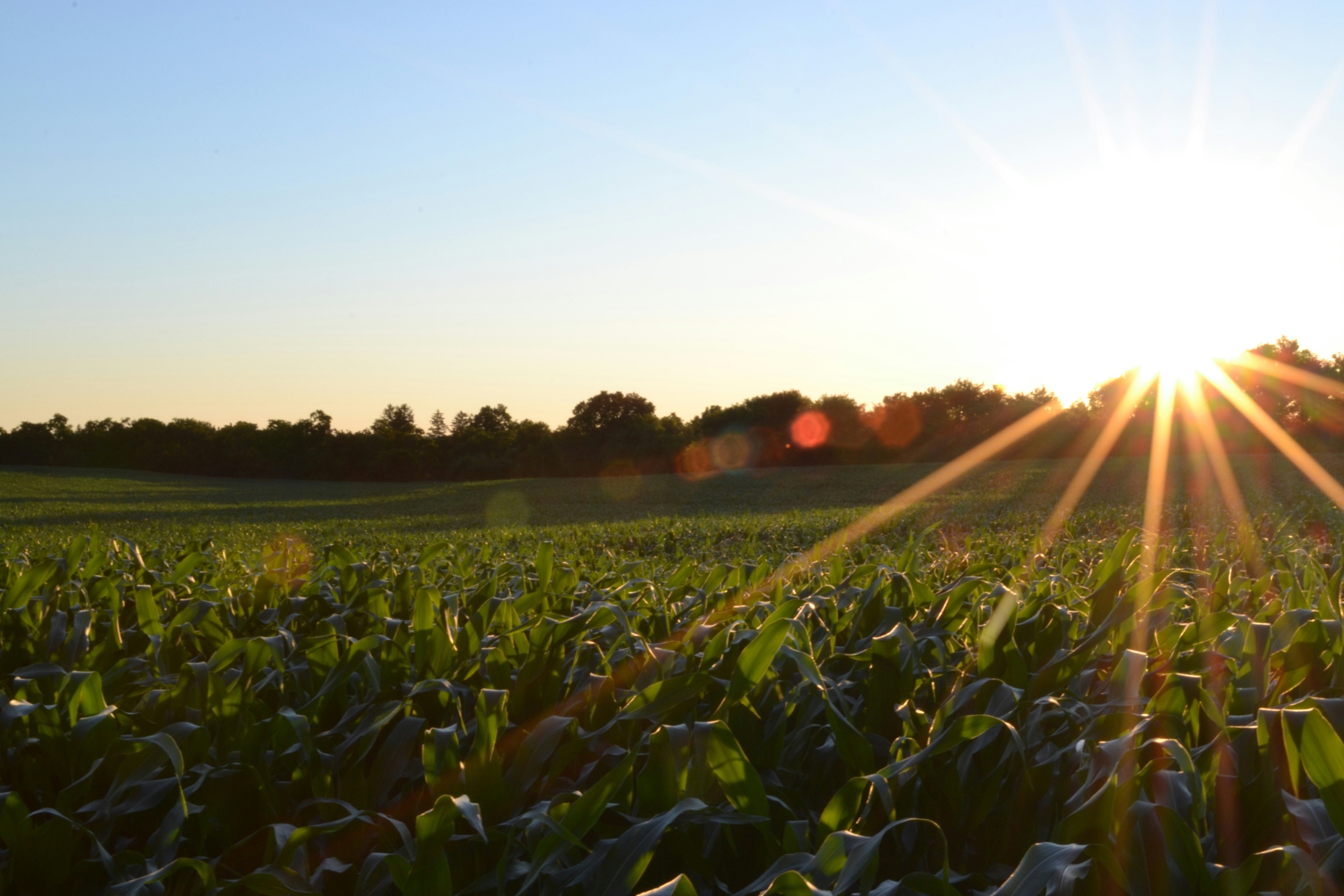 People around the world are suffering from hunger—
People around the world are suffering from hunger—
